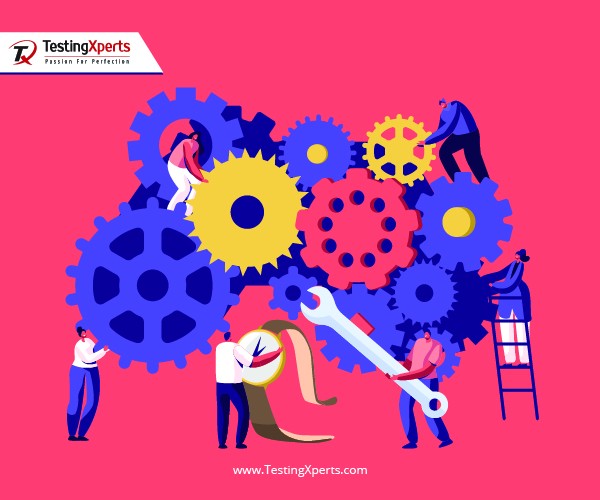How to Achieve a Powerful Automation Testing Strategy?

The process of test automation activities can be scaled up by incorporating a well-defined automation testing strategy. A strategy helps in fine-tuning the specific steps that are required to perform automation testing and providing a structure to it. In the process, a high quality and bug-free application can be expected, if the test automation strategy is implemented tactically. In this article, you will get to know key factors that need to be implemented to achieve a powerful automation testing strategy. Following are the six key factors that need to be implemented in order to achieve a powerful test automation strategy: 1. Develop a strategic goal: The first step is to obviously lay down a structured roadmap that can eventually ensure results. Goals are achieved by setting up a workable strategy. Similarly, the objective of setting up a test automation strategy is to achieve a desired endpoint. The objectives that are being laid down must be achievable. The first step of the


